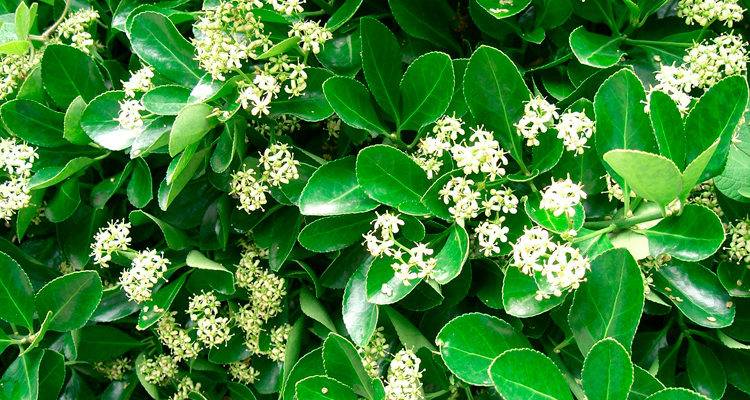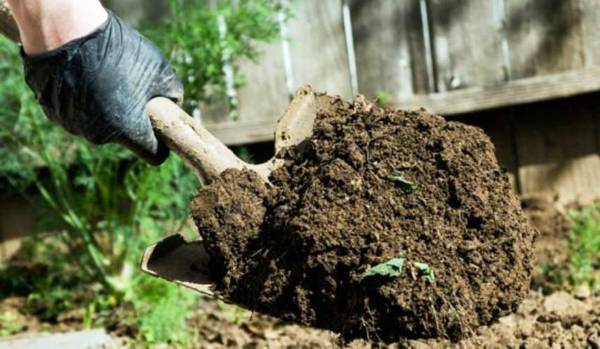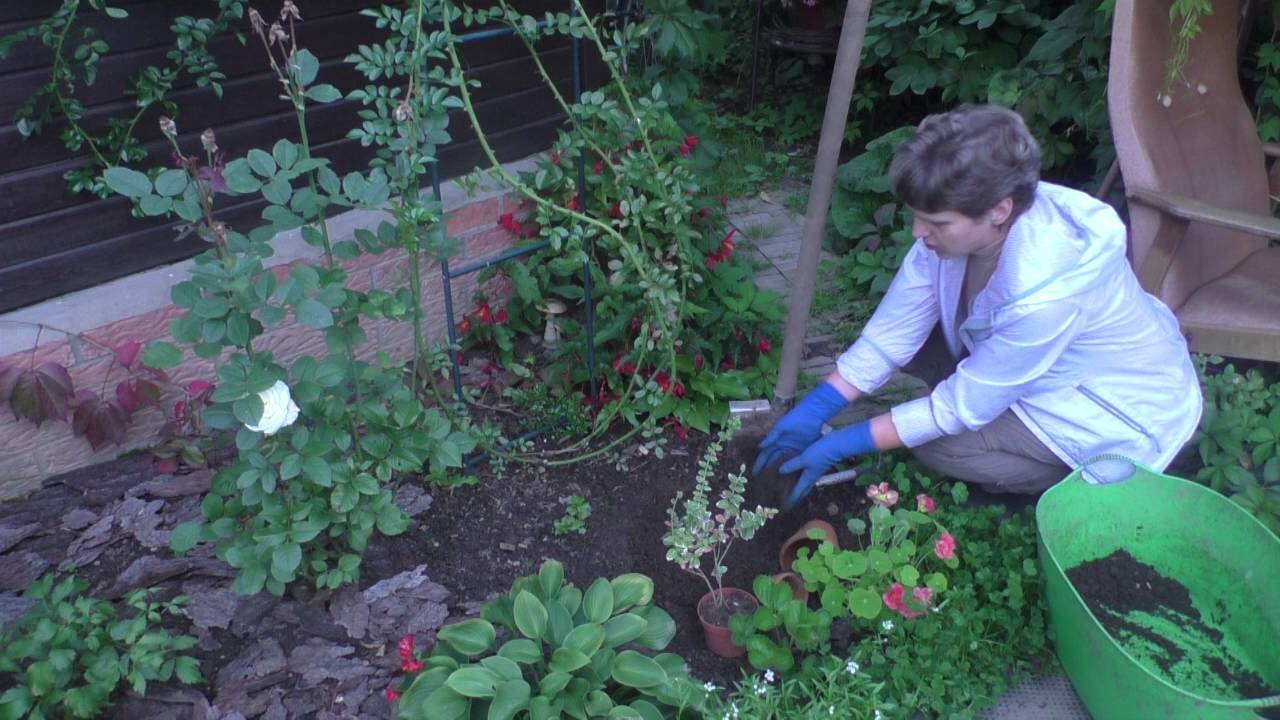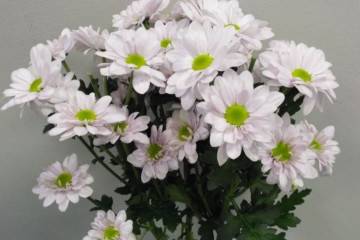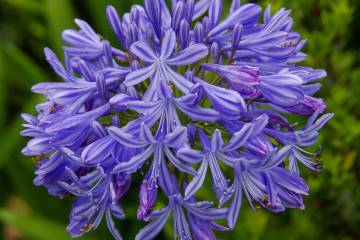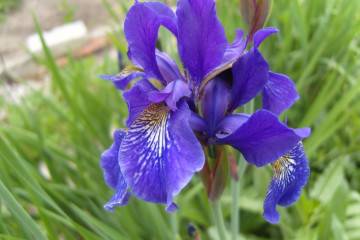Japanese spindle tree - planting and care in the open field
Content:
Plants occupy a special place in human life: they are a source of oxygen, a food product, a decorative item, and the basis of medicinal substances. Not all types of plants are suitable for decoration as well as for use in food. Below we will talk about Japanese euonymus, its features, methods of planting and caring for it.
The origin and appearance of the plant
Plants of the euonymus family are distributed unevenly around the globe. There are various types of plants of this family: creeping euonymus, creeping, Sakhalin, European, gold euonymus and many others. Euonymus has different varieties, but only one of them can grow successfully both in the open field and in the form of a potted culture: Japanese.
The name of the plant is self-explanatory, it indicates the country of origin. Japan is famous for its bonsai art. It successfully uses euonymus, since its luxurious crown with pointed dense leaves lends itself well to cutting and crown formation. This was quickly appreciated by designers from different countries, and Japanese euonymus became widespread throughout the world. Western landscape designers also successfully use the Japanese perennial, whose name in Latin sounds like Euonymus japonicus.
Euonymus is a shrub with pointed leaves of dark green color. The leaf halo has a lighter green tint, which makes its color even more attractive for decoration. Evergreen perennial blooms in July with yellow-green inflorescences in the form of umbrellas, bears fruit in the first two months of autumn. The flowers of the plant consist of 4 or 5 sepals, petals and equal numbers of stamens.
The maximum height of the shrub under natural conditions is 7 m.When growing variegated euonymus in room conditions, its height will hardly exceed 1-1.5 m like a sacred euonymus.
Landing in open ground
To grow a beautiful euonymus bush, planting and care must be competent and with knowledge of the characteristics of the plant.
What is needed for landing
If you plan to plant the euonymus in open ground, then it is worth determining the time and place of landing. The best period for good adaptation and active growth is early spring.
It is worth preparing in advance the material for drainage, fertilization, lime (when planting in acidic soils). It is also better to dig a hole for planting in advance, about two weeks before planting the seedlings in the ground.
Choosing the best place
Japanese euonymus (variegated) is an unpretentious plant that grows well both in the sun and in the shade. But since this is a tropical species, it will grow more actively and have an intense color of the leaves in partial shade.
When choosing a site for planting, it is necessary to pay attention to the quality of the soil, good water permeability and air permeability, low acidity and high fertility are required. The plant is accustomed to such characteristics in its natural habitat, where euonymus has been growing for a long time. If the type of land in the garden is not suitable, then when planting in a hole or trench, you need to add compost, drainage material and slaked lime to reduce the acidity of the soil. You should take care of and monitor the acidity of the soil in future years.
Step-by-step process of euonymus planting
Step-by-step instructions on how to plant a shrub:
Step number 1. Preparing the pit.
A seedling hole is dug 14-15 days before planting. Its size should exceed the volume of the root system of the planting material by 1.5-2 times. The bottom of the pit is filled with drainage material (gravel, crushed stone).
Step number 2. Preparing the soil to fill the hole.
It is necessary to mix the soil with fertilizer and, if necessary, lime (150 g for each pit). Part of the soil must be poured into an even layer to drain.
Step number 3. Planting a seedling.
The planting material is lowered into the pit, straightening the root system. It is necessary to sprinkle the roots of the seedling with the remnants of the soil-compost mixture.
Step number 4. Watering.
Immediately after planting, the plant requires abundant watering. You need to repeat it daily for 7-8 days.
Reproduction
There are two ways to propagate plants of the Bereskletov family: by seeds and cuttings.
Propagation by cuttings
Japanese indoor euonymus reproduces well by this method. Cuttings are cut off in the root part in the summer, in June-July. The cutting should be up to 5 cm in size and have at least one internode that will give the shoot growth.
To propagate small-leaved euonymus, cuttings are planted in soil, which is a mixture of humus and sand in a ratio of 3: 1, and sprinkled with sand (layer about 5 cm). As soon as the cuttings produce the first shoots (this is not earlier than 2 months later), the root system will be sufficiently formed to be transplanted into open ground.
However, the autumn time in the Moscow region is not the best for transplanting into open ground. This should be taken into account when choosing a place for planting cuttings for further growth. It is better in this case to choose pots in which the plant overwinters safely in indoor conditions.
Growing from seeds
After collecting and drying, the seeds of the plant are stored in a cold place at a temperature of 2-3 ° C. In such conditions, they begin to hatch. After cracking the protective peel, it is completely removed, and the seeds are treated with a weak solution of magnesium permanganate.
Containers or pots are filled with soil (a mixture of compost with loose, slightly alkaline soil) and seeds are sown to a depth of 17-20 mm. Cover the moistened crops with foil. Seedlings will appear in 2-3 weeks.
Plant care
The euonymus shrub requires care, like any ornamental plant. It is based on watering and feeding plants. Both components may differ in different conditions. It will depend on weather conditions, soil characteristics in the place where the spindle tree grows.
Watering mode
A tropical plant requires intensive watering, but at the same time, waterlogging of the soil is unacceptable.Therefore, it is worth paying attention to the degree of illumination of the site, air temperature and soil water permeability. Under optimal conditions, it is enough to water the plant once every two days during the flowering period, daily during the period of active growth. A little drying of the soil is encouraged during the period of seed formation. This is an ordinary watering in a temperate climatic zone.
With low water permeability of the soil, it is necessary to alternate root watering with foliar spraying. In the second case, you should use settled warm water, since cold water negatively affects the growth of the plant and the appearance of the leaves.
Top dressing
For the active growth of the spindle tree, it is worth paying attention to plant feeding. Fertilizing the mail on which it grows is worth twice a year: in the spring during the period of active growth and during the flowering period, in June-July.
The composition of the fertilizer mixture includes a solution of manure with water in a ratio of 1:10. The solution is used as a root top dressing. During the flowering period, you can replace the compost solution with potash and phosphate fertilizers. This will increase the size of the euonymus fruits, then the flowers will be larger, representing a bright mix of autumn colors on dark green bushes.
Japanese spindle tree in the Urals: planting and care
Japanese euonymus is a thermophilic shrub, so it can hardly endure severe Ural frosts. In late September - early October, it is worth taking care of its insulation. It is necessary to knock down the frame for the cover with polyethylene. After the snow falls on the area where the tropical bush grows, it is worth making a large snowdrift. But even this does not always save shrubs from severe frosty winters.
Japanese spindle tree in Siberia: planting and care
The Siberian region is distinguished by no less severe climate than the Urals, to which tropical shrubs are not accustomed. Therefore, in this region, as a rule, it is planted in pots and boxes to decorate the garden and, with the onset of cold weather, put it in the house or on the veranda, where the temperature allows the euonymus to keep life.
Preparing for winter
The climate of the temperate zone allows the euonymus to endure frosts down to -20 ° C, but provided it is insulated with snow and polyethylene. If frosts in winter exceed −30 ° С, then you should not risk the southern bush. It is necessary to transplant a shrub with an earthen clod into a box and bring it into a home for wintering, which may not be heated. The main thing is that the plant does not remain unprotected in the frost.
Thus, Japanese euonymus is a wonderful plant that amazes with its unusual greenery. It will look spectacular in any area. The main thing is to plant it correctly and provide decent care.

